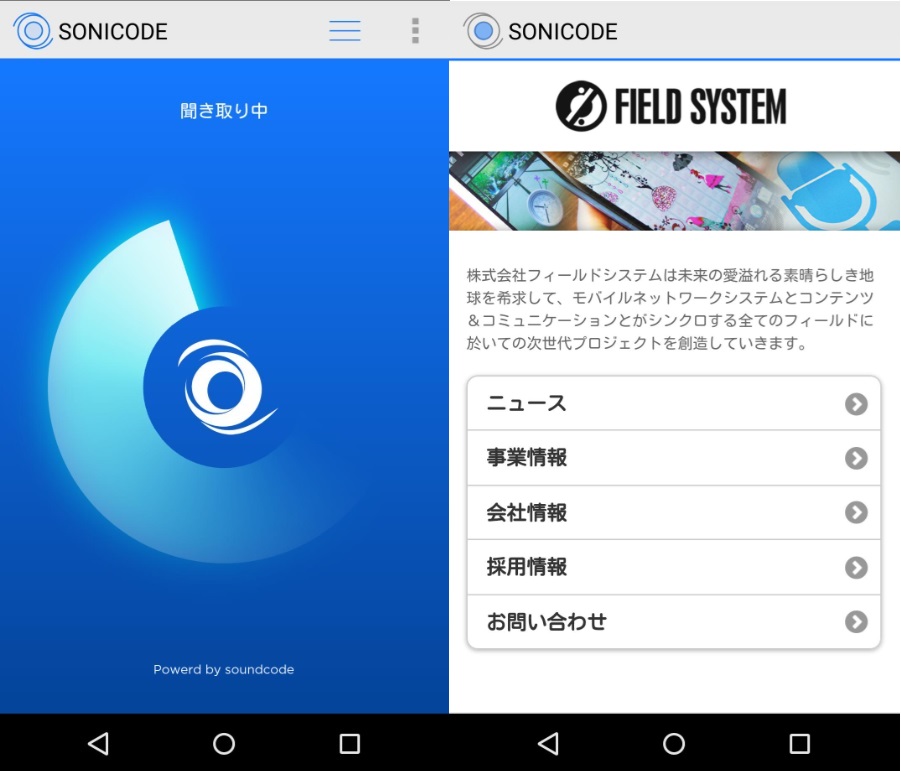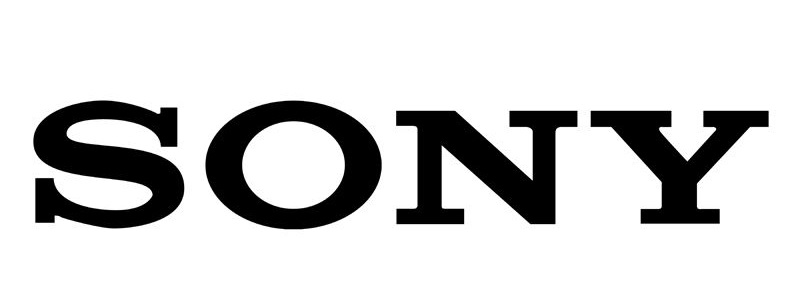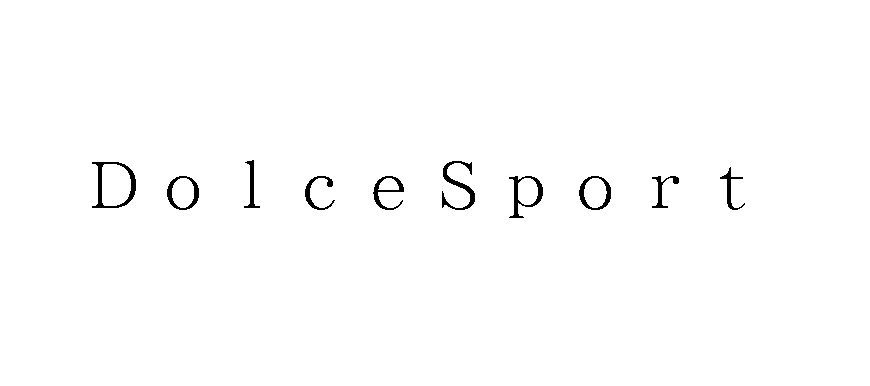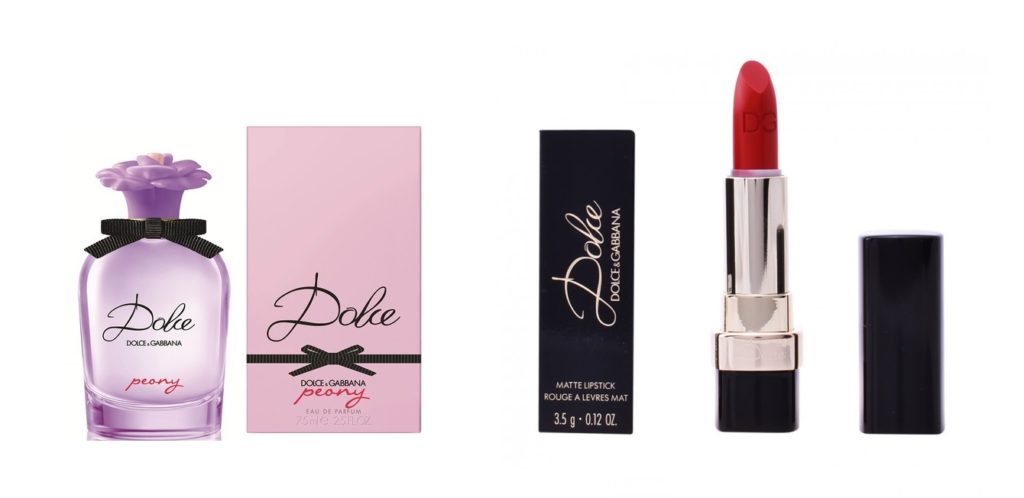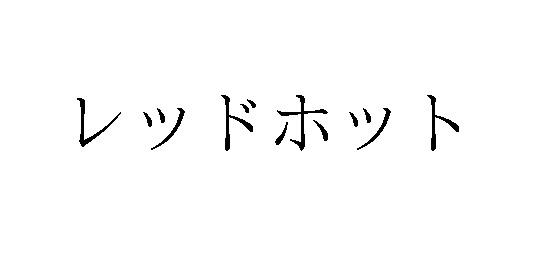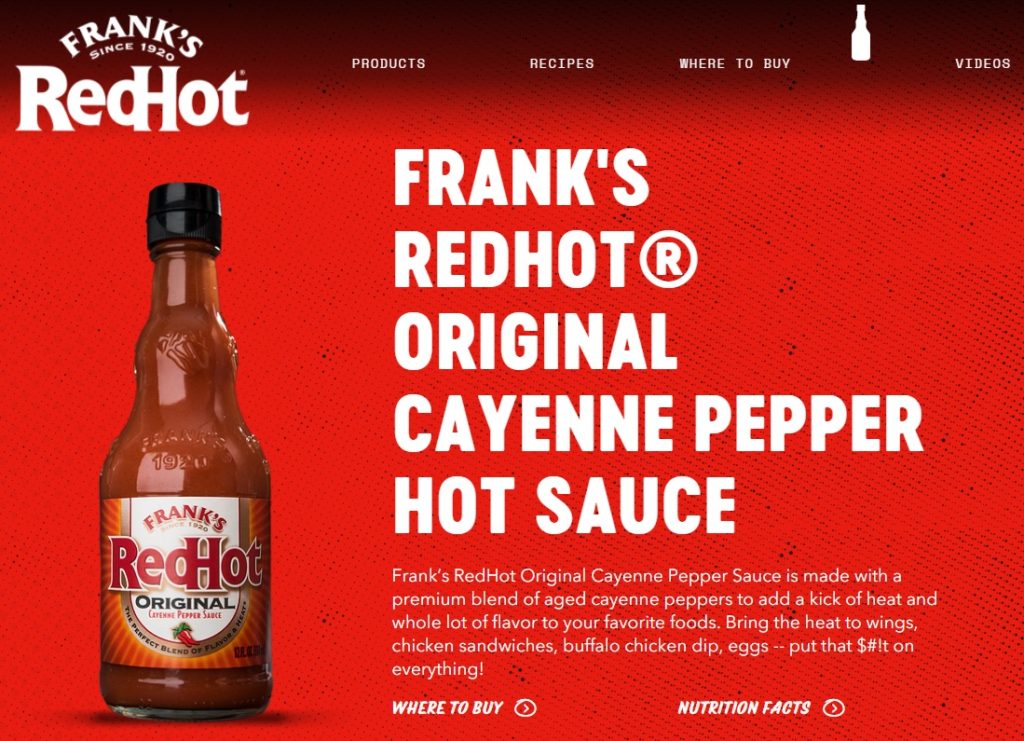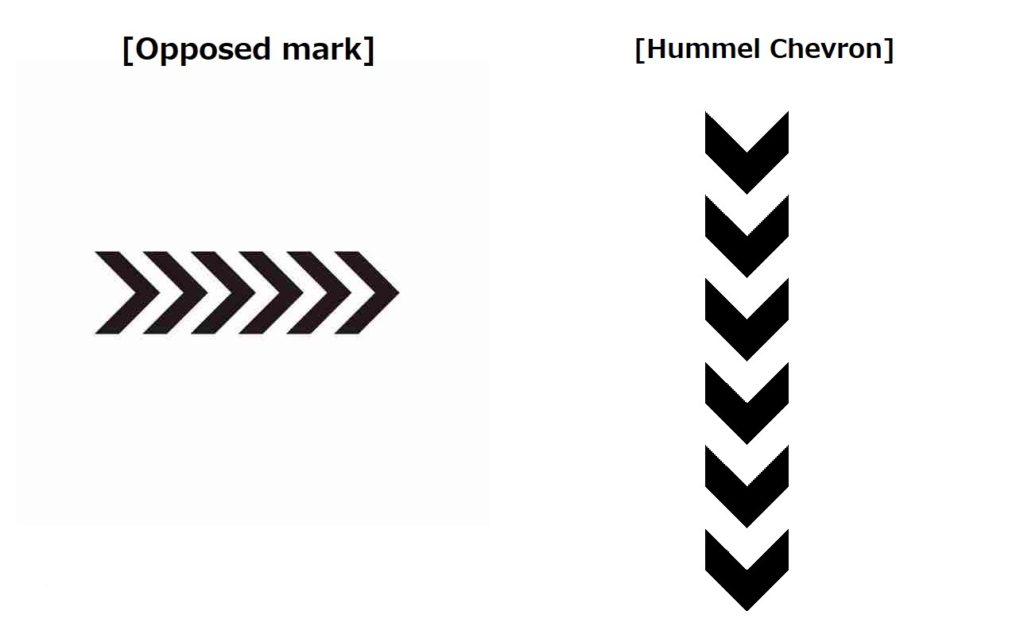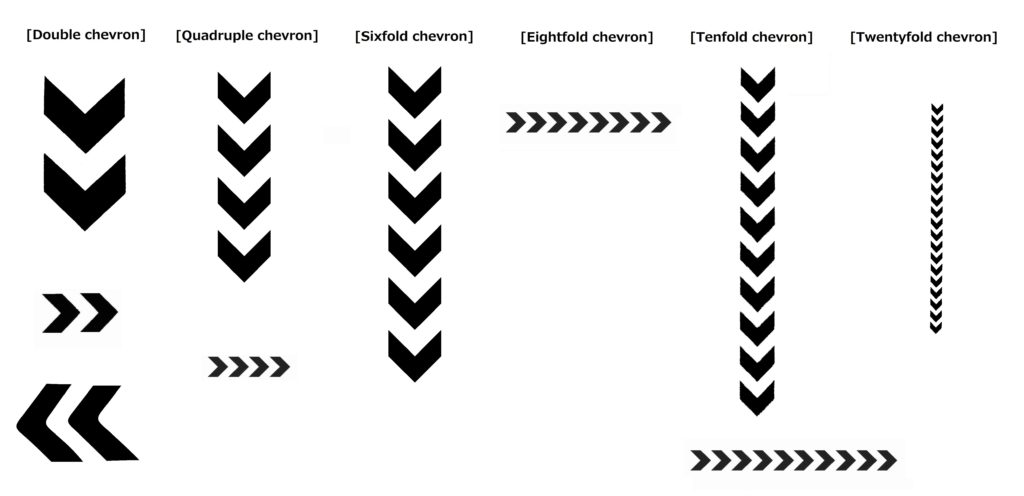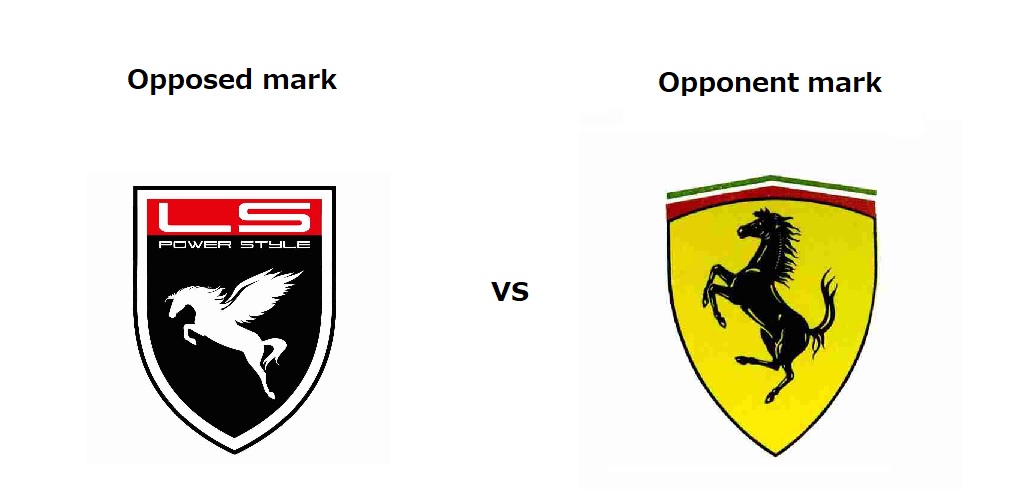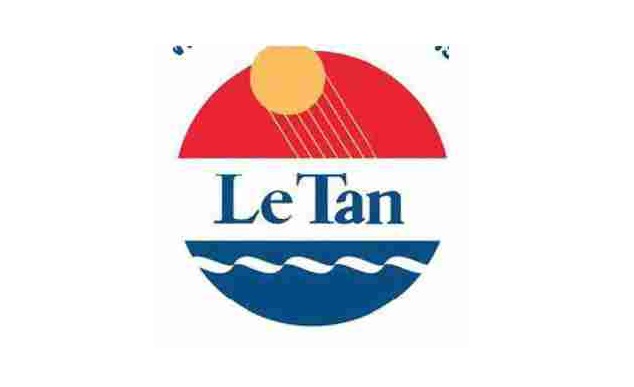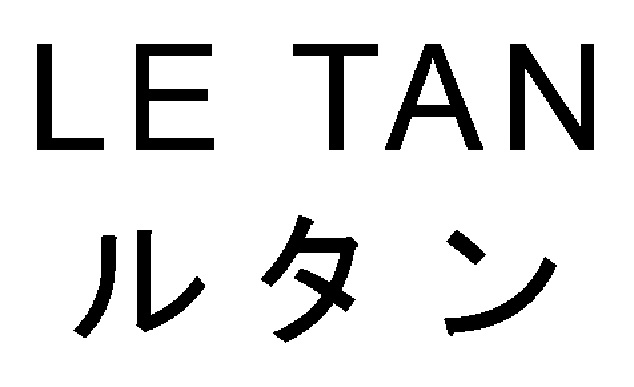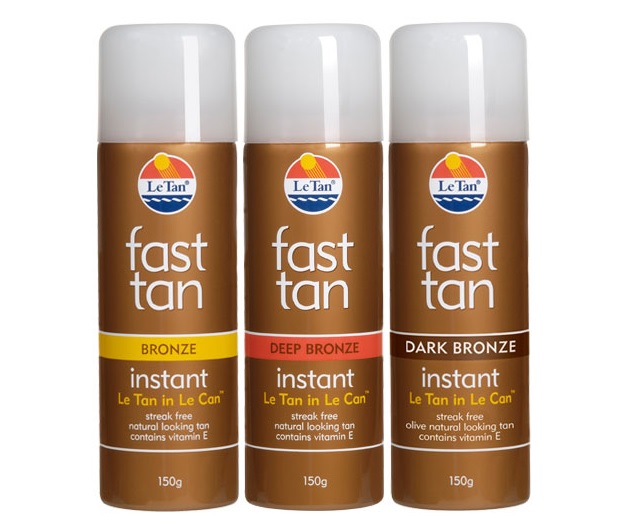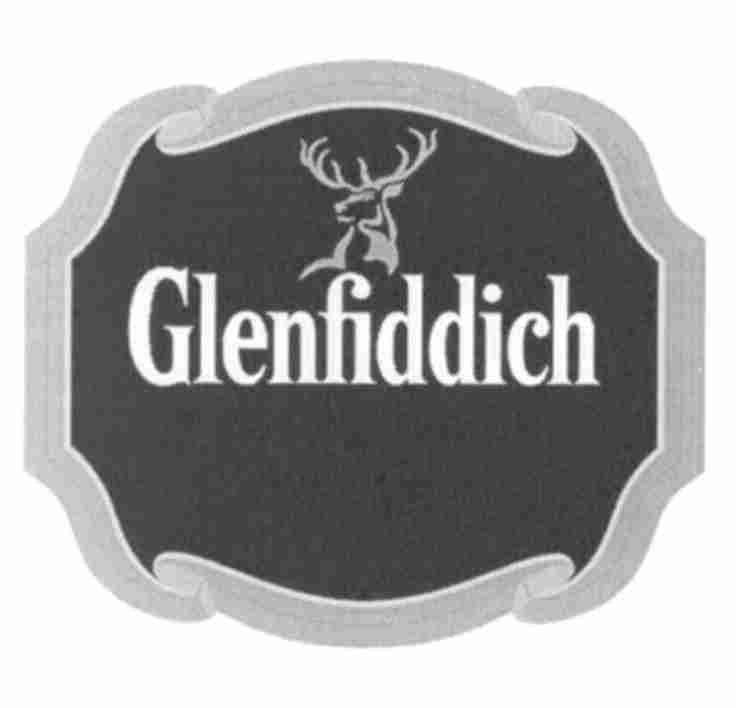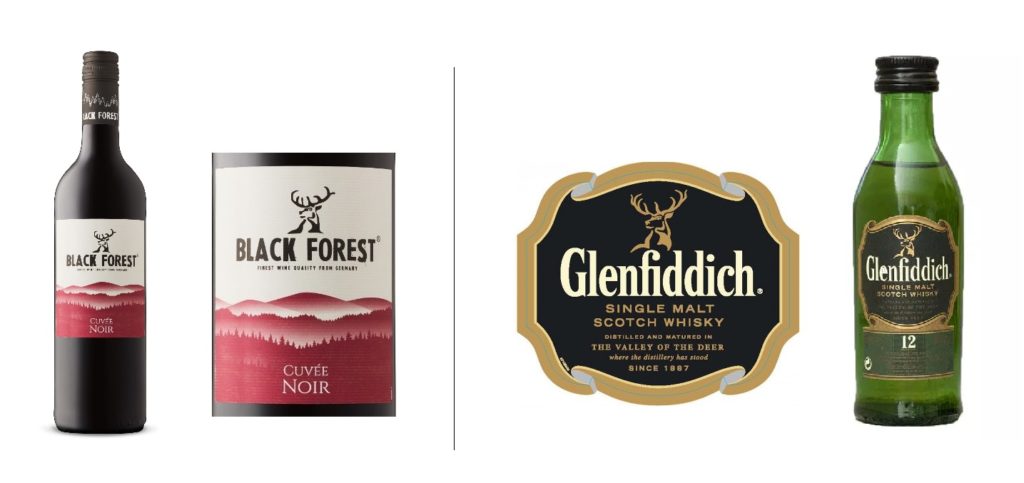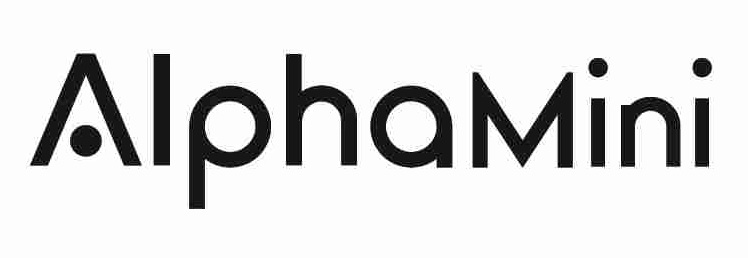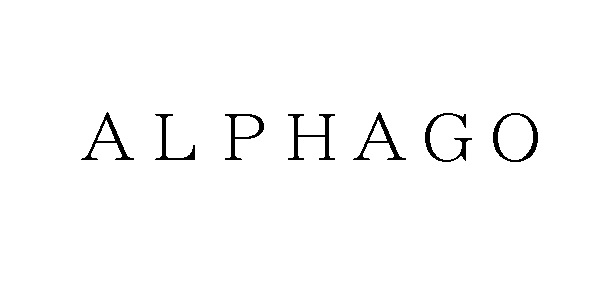The Japan Patent Office (JPO) dismissed a trademark opposition claimed by WeWork Companies Inc. against Japanese trademark registration no. 6271212 for wordmark “iWork” by finding less likelihood of confusion with “WeWork”.
[Opposition case no. 2020-900249, Gazette issued date: July 30, 2021]iWork
Desigmassion Company Ltd. applied the wordmark “iWork” in standard character for registration on ‘rental of offices for coworking’ in class 36 and ‘rental of temporary accommodation; providing foods and beverages; rental of meeting rooms; rental of facilities for exhibitions’ in class 43 wit the JPO on February 1, 2021 (TM App no. 2020-011256).

The mark did not face any refusal during the substantive examination and was published for opposition on August 4, 2020.
The company offers all-inclusive coworking space and private office “iWork” in Downtown Tokyo.
WeWork
WeWork Companies Inc., one of the leading global flexible space providers, filed an opposition against the iWork mark on October 1, 2020, before the lapse of a two-month statutory period for the opposition, in contravention of Article 4(1)(xi) and (xv) of the Japan Trademark Law.
Article 4(1)(xv) prohibits registering a trademark that is likely to cause confusion with a business of another entity.
The likelihood of confusion is a key criterion when assessing the similarity of trademarks. To establish whether there is the likelihood of confusion, the visual, phonetic, and conceptual similarity will be assessed as well as the goods and/or services involved. This assessment is based on the overall impression given by those marks, account being taken, in particular, of their distinctive and dominant components. A low degree of similarity between the goods or services may be offset by a high degree of similarity between the marks, and vice versa.
WeWork argued that “iWork” shall be deemed similar to the opponent’s senior registered mark “WeWork” (IR no. 1453286) because a mere difference of the prefix “we” and “i” would be insufficient for relevant consumers to distinguish two marks from phonetical and visual points of view.

Besides, in view of a remarkable degree of reputation and popularity of the opponent mark as a source indicator of coworking space among relevant consumers, a close association between their services, and resemblance in appearance and sound between the marks, it is unquestionable that relevant consumers are likely to conceive “WeWork” at the sight of the opposed mark “iWork” when used on the services in question.
JPO decision
To my surprise, the JPO Opposition Board did not admit the famousness of the “WeWork” mark by stating that the opponent just had 27 locations in six cities and 22,000 users in Japan at the time of filing the opposed mark, and the produced evidence was insufficient to find a high degree of recognition among domestic consumers.
In the assessment of similarity between the marks, the Board found that relevant consumers were apt to pay higher attention to the prefix of a mark. Given the short sound consisting of four syllables, a different letter and pronunciation in the prefix position shall give rise to a distinctive impression in the minds of the consumer. Both marks are undisputedly dissimilar in concept.
By taking into consideration a low degree of similarity between “iWork” and “WeWork”, and insufficient evidence to assume the famousness of “WeWork”, even if the services in dispute are closely associated with WeWork’s business, the Board had no reason to believe the opposed mark would cause confusion with WeWork when used on the disputed services in class 36 and 43.
Based on the foregoing, the Board decided the opposed mark would not be canceled in contravention of Article 4(1)(xi) and (x) of the Trademark Law and dismissed the opposition entirely.

